
8 must-know Serengeti safari tips
The Serengeti offers one of the best safaris in the world. But you should know a few things before you go. Like when you can see the Great Migration river crossings. Here are 8 must-know Serengeti safari tips to help make your trip as magical as possible.
There would be a youtube video here.
Sadly, the youtube player requires cookies to work.
1. Choose a season based on what you want to see
The Serengeti offers absolutely phenomenal wildlife spotting all-year round.
The infamous river crossings
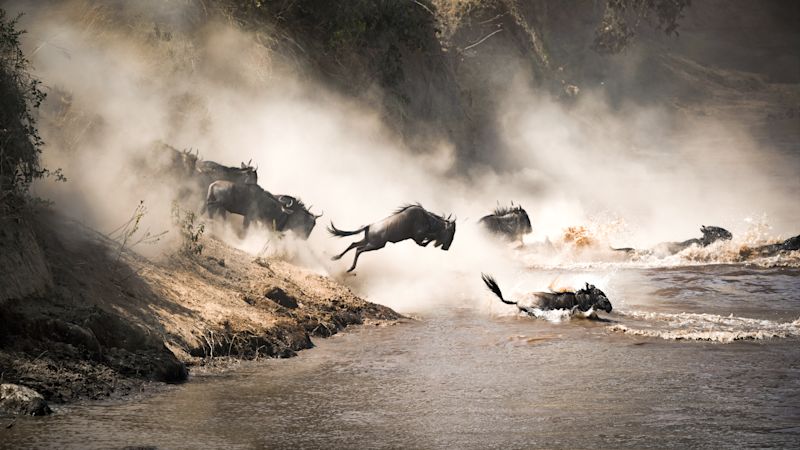
Book early to see the river crossings
The calving season
A birder’s paradise
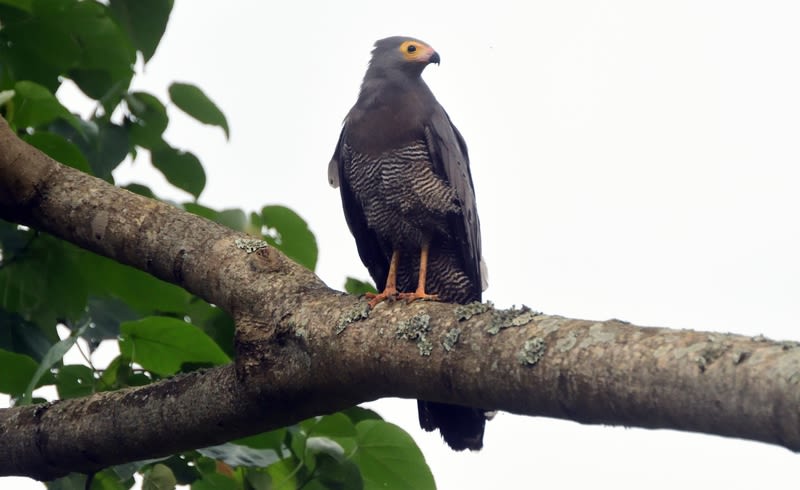
2. The Great Wildlife Migration
The Great Migration is the largest land-based animal migration in the world!
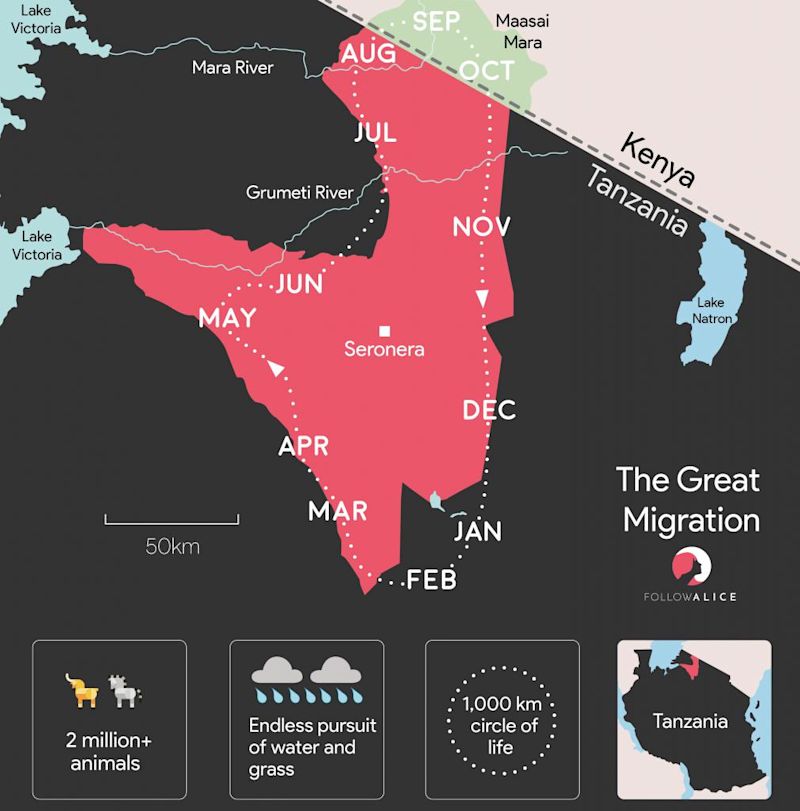
Did you know ...
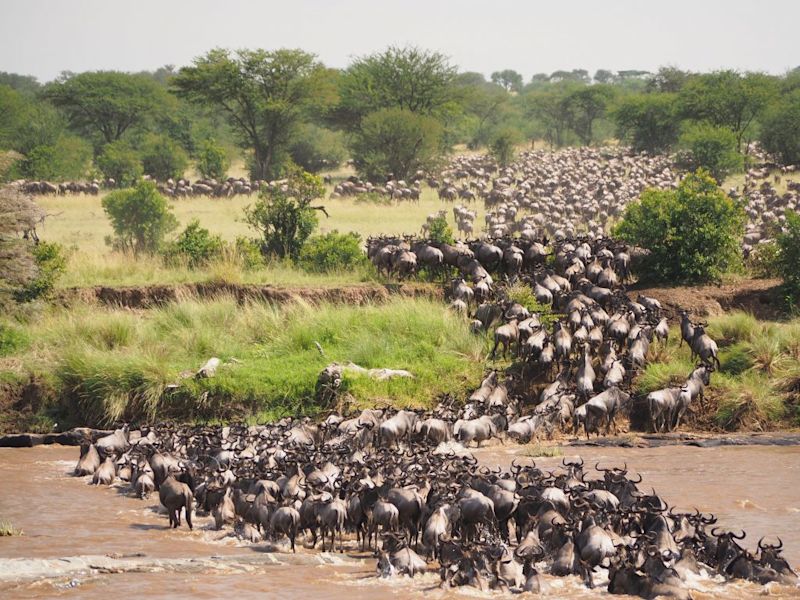
3. Choose your safari guide carefully
Read reviews
Often your guide becomes one of the best memories of your Tanzania safari adventure!
Bonus tip ...
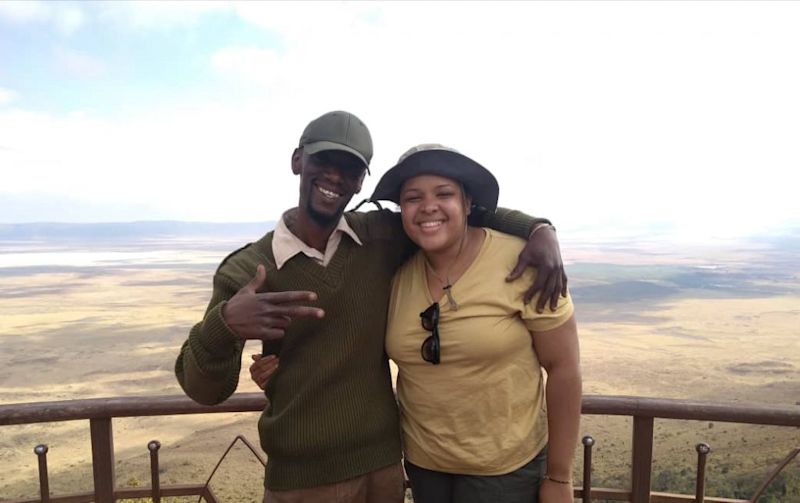
4. A longer safari ups your chances of seeing the Big Five
Lions, elephants and buffaloes are fairly easy spots
Did you know ...

5. Wear the correct clothing
Protect yourself from the sun
It can get cold at night
Did you know ...
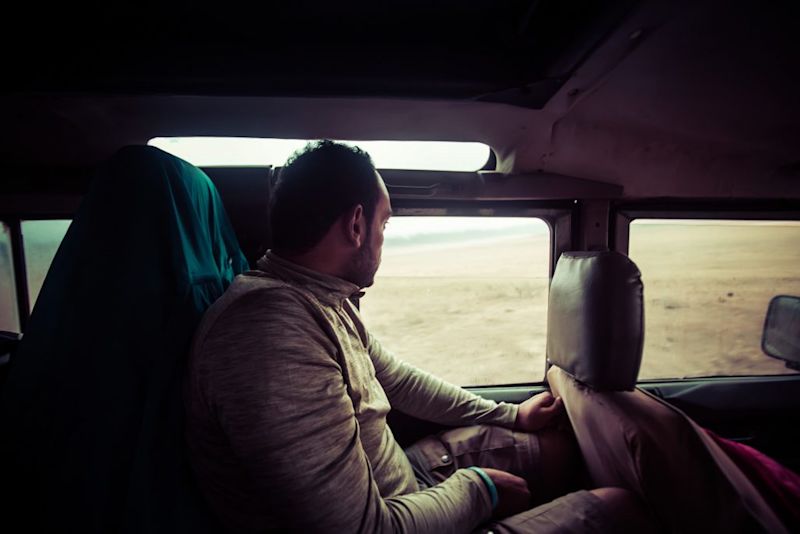
6. Bring the right photography or video equipment
Don't view the animals through a lens
A small bean bag is useful
A note on drones ...
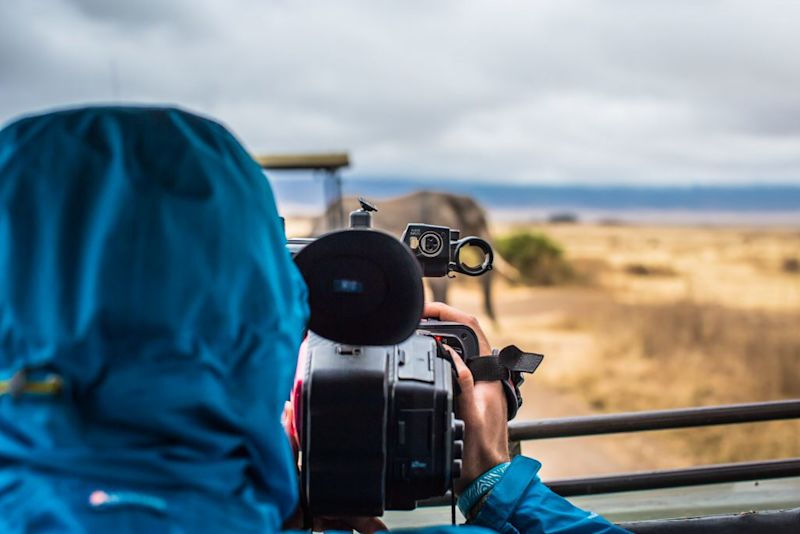
7. Combine two adventures for an even more epic trip!
Why not pair your Serengeti safari with a mountain gorilla trek or Kilimanjaro climb??
Did you know ...
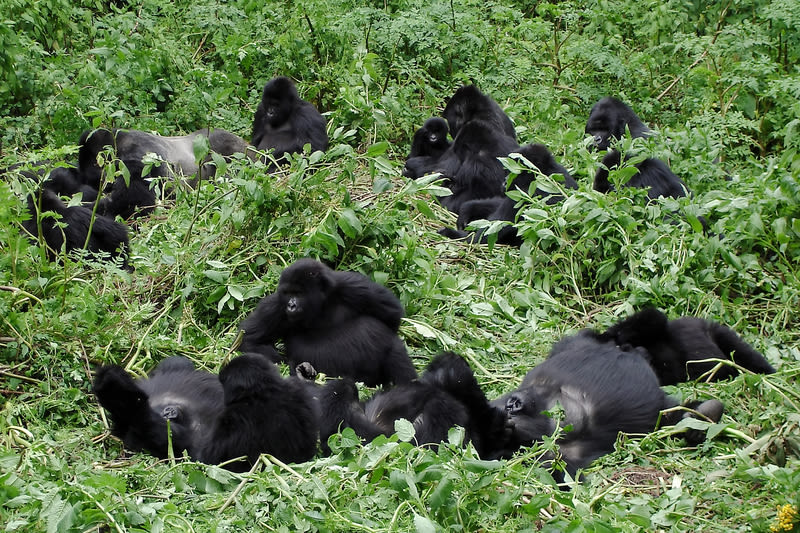
8. Manage your expectations
When heading to the Serengeti, leave the goal-driven mentality at home. Come and surrender to the rhythms of the bush, and enjoy what you do see.